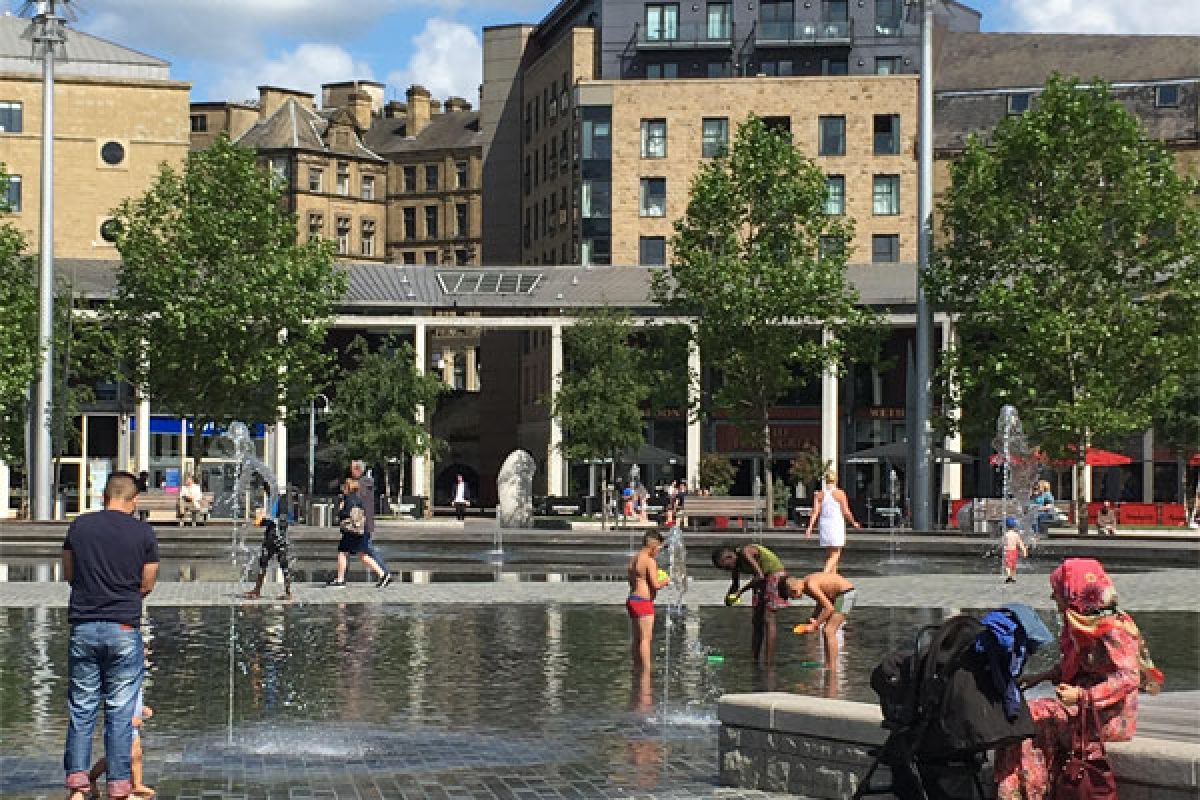For thousands of years, human civilisation can point to the formation of towns & cities which, whilst being shaped by sometimes spectacularly destructive human and natural forces, have continued to evolve and adapt. They have through time, continued to provide compelling reasons for people to visit and congregate. Whilst the current economic, social and natural circumstances present an undoubtedly enormous challenge to our places and our people, I wonder whether we really are entering a fundamentally new normal.
To briefly touch upon the recent context, we should perhaps remind ourselves that the current status of our towns and cities is of no surprise to placemakers. The most casual scan of industry reports over the past 10-15 years reinforces the notions espoused by various commentators and organisations. That our places were facing a perfect storm of crises. These crises are linked to diverse factors including business rates, online retail, land ownership, public funding and changing consumer behaviours, to name but a few. Throw a global pandemic into the mix and the storm has gathered additional momentum and weight.
What is therefore clear is that the socio-economic storm is now raging and that the effects on our overall society are likely to be profound and not without casualties. Indeed, the awful position we find ourselves in means the term casualties extends as to the significant numbers of deaths being recorded across the world. Thus, the position we face is surely likely to result in a new normal. A resetting of the paradigm – or is it…?
Given our current plight, we should maybe consider at least another two forces – both of which are very powerful. The first, is arguably a marvellous force – that of human creativity and resilience in the face of a crisis. Whilst there are very compelling, and arguably accurate, commentaries that we are exploiting our planet beyond the capacity for it to recover, it is also no coincidence that the human race (and our towns and cities with us) have withstood varied and catastrophic events throughout several millenia and are likely to continue to do so for some time yet. This survival has often come through a strong dose of resilience and creativity in the face of adversity. It may therefore be fair to predict (perhaps aided by the prism of optimism), that ourselves and our places will continue to thrive, despite the storm.
The second force is one which may make us reconsider the sensational reporting of the new normal. This force is the scientific principle of homeostatis. In very simple terms, homeostasis predicts that systems will return to a normal state, in many cases, relatively quickly. When we consider that the new normal for our places will predominantly be influenced by human behaviours and activities and given the recent scenes of crowded beaches on the south coast, it leads to the question as to whether we will actually return to something closer to the established normal than a new normal. We will continue to see places as a hub for the community, a place to congregate, do business and socialise.
Whilst changes are already afoot in the placemaking industry and there are rightful calls to capitalise on the opportunity to enact real and impactful change, we may find that 12 months from now might actually prove to be more normal than the new normal.
Chris Gregory is Founder and Director of Heartflood Ltd. Chris has over 20 years experience in Place Management as a Town Centre Manager, a Business Improvement District Director and as a consultant to many Business Improvement Districts. He is a member of the Association of Town & City Management and is a Fellow of the Institute of Place Management.

